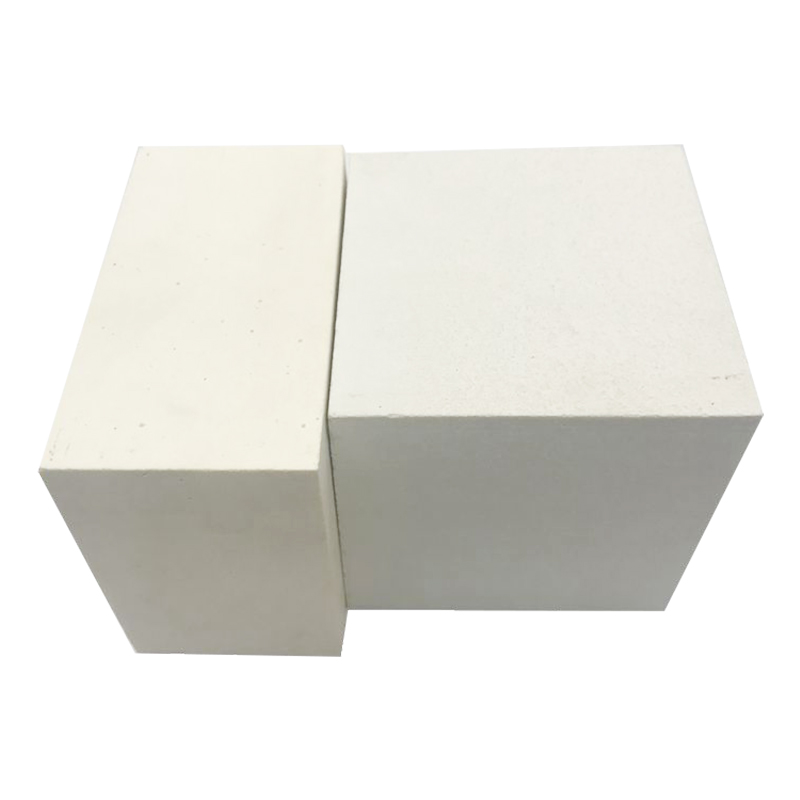Technical requirements for sand molds for AZS brick casting
Since the casting temperature of
AZS bricks is around 1800 degrees, sand molds can be used for their casting. The raw materials of the sand molds are natural sand and quartz sand. Different particle size gradations enhance the strength of the sand mold plate. Quartz sand uses fine sand and surface sand. The silicon content is above 99%. Each sand mold plate casting surface must have a certain thickness of surface sand to prevent impurities from contaminating the mold.
There are many kinds of binders for sand molds. Generally, water glass is used because the source of water glass is stable in quality, cheap, easy to wash, and has no odor. In addition, the sand mold made of water glass high-purity silica sand can meet the following technical requirements:
1) Good air permeability. The gas precipitated from the zirconia corundum brick melt can penetrate from the gaps between the silica sand particles in the mold wall.
2) Good thermal shock resistance. The thermal shock generated by zirconium corundum bricks during casting can cause a large temperature difference between the inner and outer walls of the sand mold, but the sand mold is relatively stable under heating conditions, because its refractoriness is not less than 1690 degrees, and its linear expansion coefficient between 20-450 degrees is about 0.03mm/degree, so it can withstand the static pressure of high-temperature molten liquid flow without breaking.
3) Good thermal mechanical properties. The strength of the sand mold decreases after heating. The load-softening test shows that it begins to soften at about 320 degrees and begins to break at 400 degrees.
4) The surface of zirconium corundum bricks does not produce chemical adhesion. After the AZS melt contacts the sand mold, it cools and hardens rapidly. The surface of the sand mold is sintered into a thin layer of sodium silicate or silica sand, which does not react with AZS. The addition of water glass has been confirmed by experiments to be the most suitable at 5.7%. Less will reduce the refractoriness of the sand mold, and more will not be able to form.

 +86-371-64599000
+86-371-64599000 +86-371-64599000
+86-371-64599000 sale@literefractory.com
sale@literefractory.com